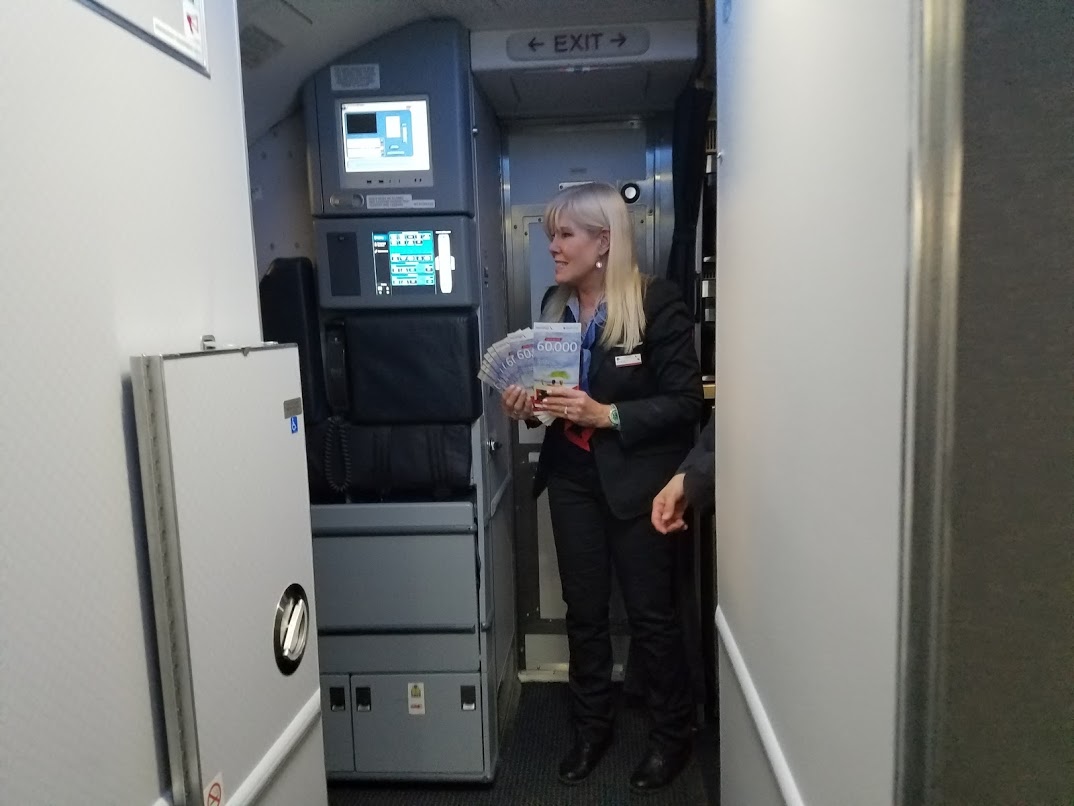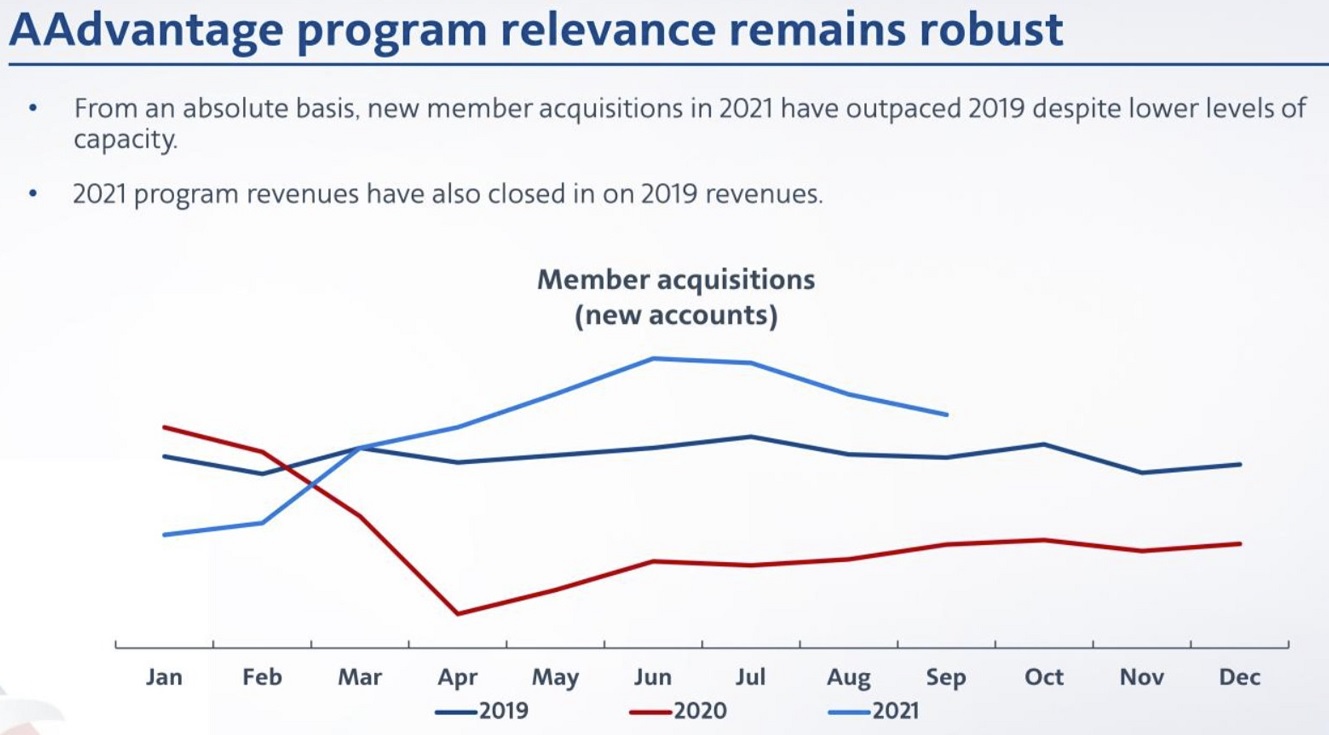I’ve argued for years that American Airlines was making a strategic mistake – and thinking about their accounting wrong – by not aggressively building in New York, San Francisco and Seattle.
Their co-brand credit card revenue accounted for the entirey of profit in many quarters before the pandemic. When the airline said they were losing money in New York, that was the wrong way to look at the business.
- They were losing money flying period
- They should have looked at New York and other big city markets as credit card opportunities. Because gaps in their flying meant lack of relevance for the credit cards, and meant walking away from credit card acquisitions and spend in those markets.
- Credit card revenue needs to be part of the profitability equation for a market. Indeed, the primary card acquisitions channel for co-brand partner Barclays is onboard aircraft.

During the American Airlines earnings call on Thursday morning Chief Revenue Officer Vasu Raja pointed out, in response to a question by J.P. Morgan analyst Jamie Baker, that the fastest growing markets for AAdvantage signups are in their JetBlue and Alaska partnership cities.
By becoming more relevant in cities of strength for those airlines, which represented weakness for American previously, they make the AAdvantage program relevant and create opportunities for more card signups and spend in some of the most important spend markets in the country.

And that’s the biggest bottom-line benefit to American Airlines from their partnerships with Alaska Airlines and JetBlue.


Headline needs some proofreading again!
Much Better!
JetBlue is as useless as American Airlines in San Francisco: not completely, only mostly. So the partnership doesn’t help here.
@lrdx, unless you fly SFO-JFK frequently. Then it’s quite valuable.
I think JetBlue has an affiliate program that pays well for travel bloggers and travel niche related affiliate marketers. If we could have more airlines running affiliate programs, that would be great. 🙂
@Lrdx,
It’s called the North East Alliance after all, why would you expect SFO to benefit?
@Lrdx…I wouldn’t say that JetBlue is useless. They just need to add an affiliate program so that they can earn more revenue and provide value to affiliates and travel customers. What do you know about travel affiliate marketing?
American has given SFO (and to a lesser extent, SJC and OAK) short shrift for two decades. This is bizarre, given the amount of disposable income is in the area. SEA and SAN have been on a slide the last decade, as well. Smaller aircraft, withdrawn service, lack of local promotions, it’s as if they just ceded the whole market to UA DL and WN (and AS/VX). OK, so we get it: you don’t care about the west coast because you’re making all the money you need in DFW, MIA, ORD and the “northeast area” of NYC/PHL. Even former multi-year EXPs like me have gotten used to it, and we only part-engage with AA anymore. If you don’t have any loyalty to me, I gave up and now fly the airline that makes sense based on MY needs instead of throwing money at AA almost exclusively. That’s your choice AA, you led me to it.
@Dan777 and @DNN I know reading the article and understanding comments in context is not hip, but you should try some time.
@Ldrx,
“ By becoming more relevant in cities of strength for those airlines, which represented weakness for American previously, they make the AAdvantage program relevant”- this is crux of the article. “Those airlines” meaning BOTH Alaska (with regards to SFO and SEA), and JetBlue (in NYC which again you and I agree is irrelevant to you).
The Alaska/AA side of the partnership might indeed benefit you in SFO (a “city of strength” as referenced in the article of Alaska), so like you said JetBlue is useless to you and I asked why would you expect it to be otherwise. You clearly are the one that didn’t read the article, but as you said that’s not hip these days!